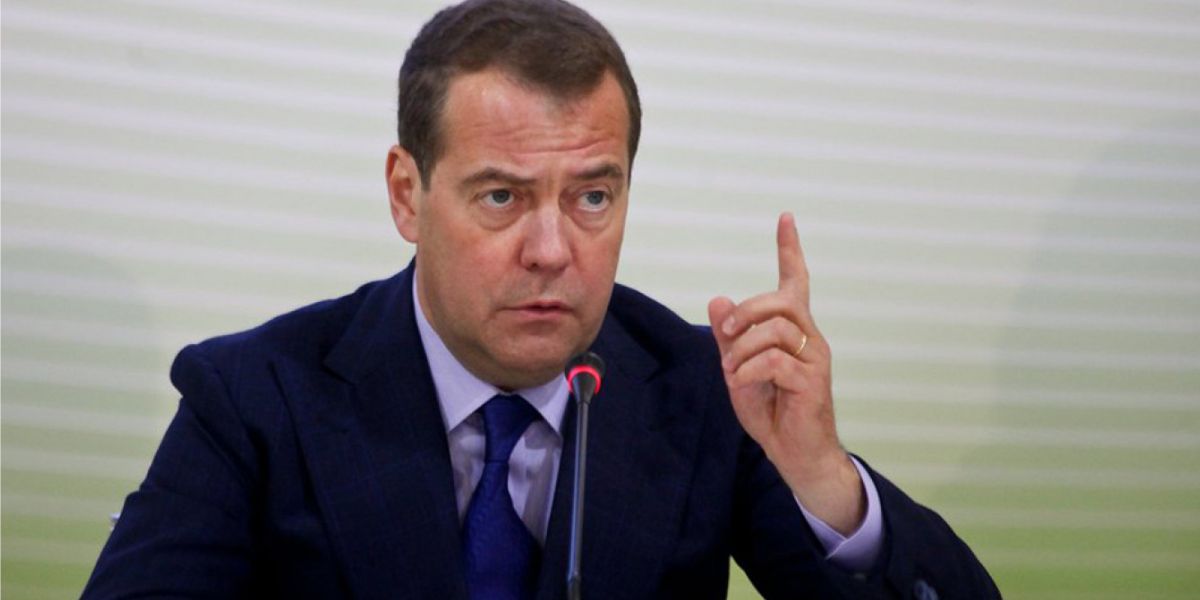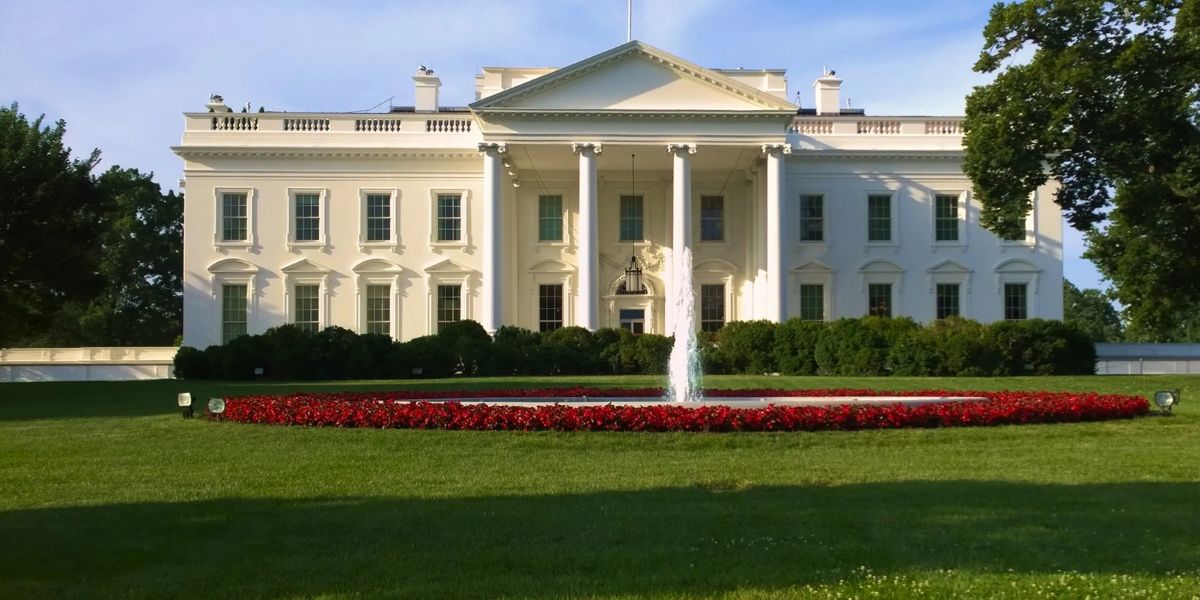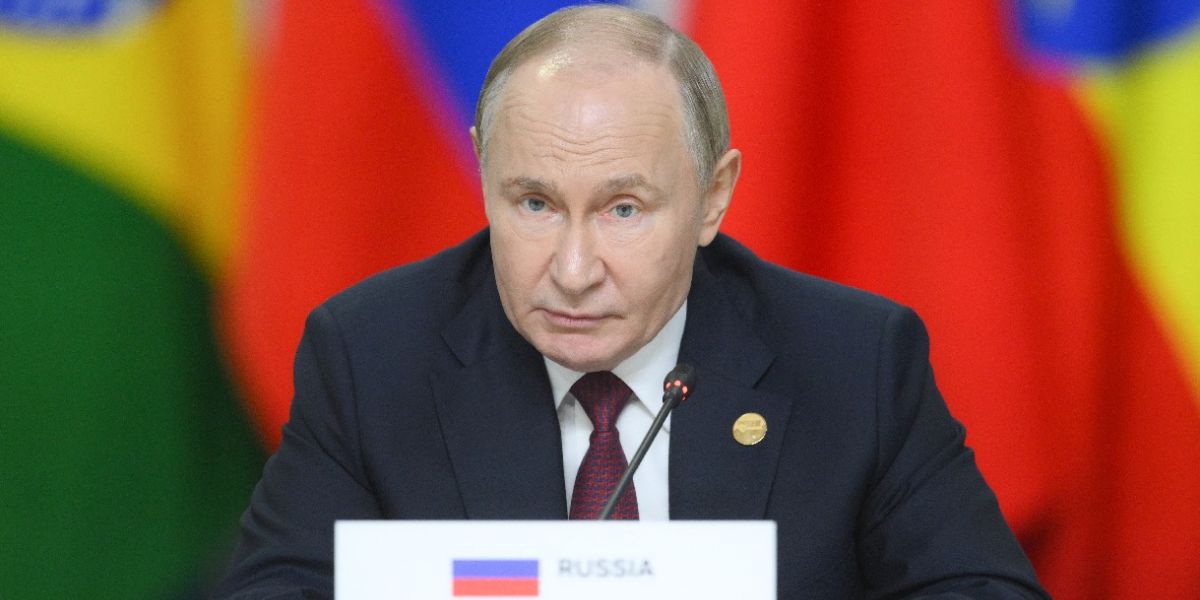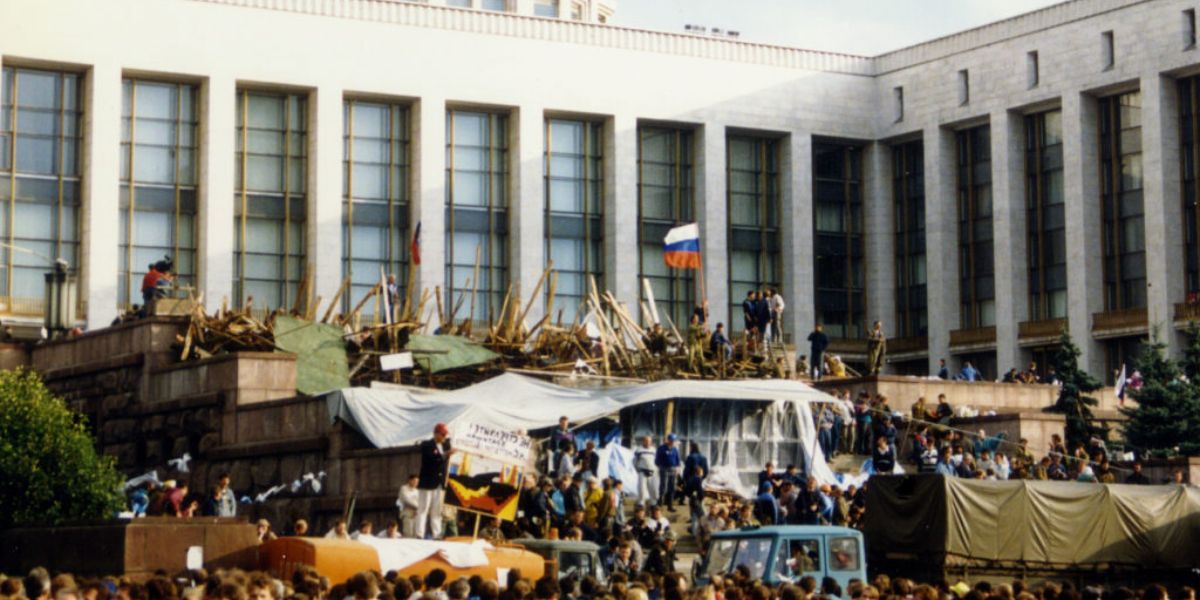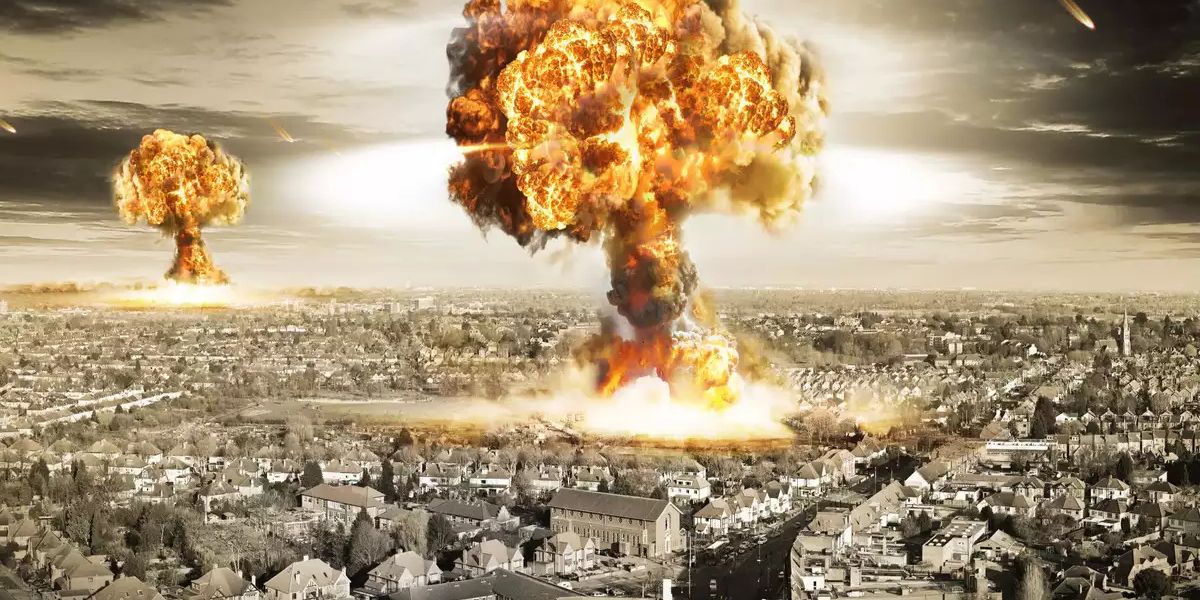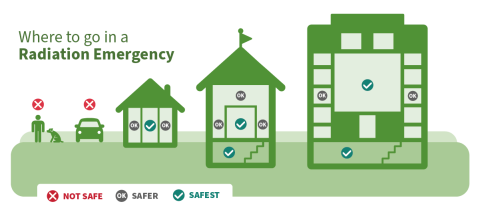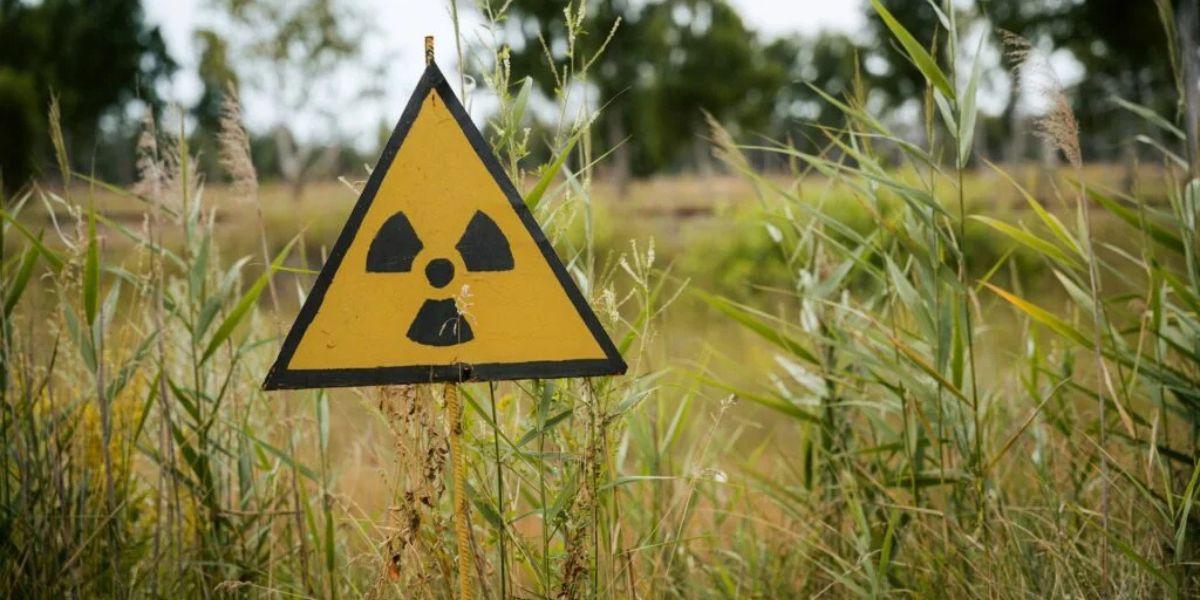As tensions between Russia and the US escalate, a close ally of Russian President Vladimir Putin, Dmitry Medvedev has issued a nuclear warning to the US on Telegram. Meanwhile, with growing concerns about the possibility of a global conflict, potentially escalating into World War III, US officials have issued a nuclear attack survival guide.
Putin’s ally criticizes US giving nuclear weapons to Ukraine
Dmitry, a former Russian president and now Deputy Chairman of Russia’s Security Council, criticized discussions about the possibility of the U.S. transferring nuclear weapons to Ukraine.
The White House Clarifies…
However, in response to the reports and Dmitry’s comments, the White House clarified to Newsweek that they have no plans to equip Ukraine with nuclear weapons.
Dmitry talks about Article 19
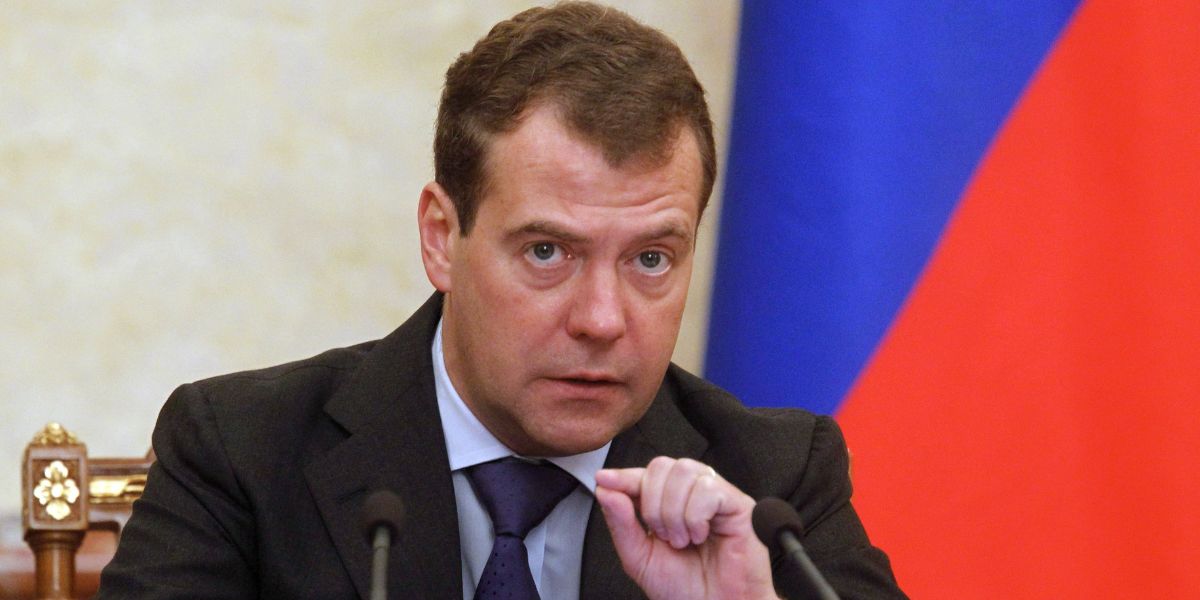
What Article 19 says?

Putin signs updated nuclear doctrine
Recently, Russian President Vladimir Putin signed an updated nuclear doctrine and the new law that emphasized that Russia will make all necessary efforts to reduce the nuclear threat and aimed to prevent rising tensions between countries that could potentially lead to military conflicts, including nuclear ones. It also stated that any attack on Russia or its allies will result in retaliation, showing potential enemies that they will face serious consequences.
Dmitry makes strong statements on Russia’s military capabilities
Dmitry commented on Oresnik- Russia’s new hypersonic missile, which was used in the recent attack on Ukraine’s Dnipro. Making strong statements about Russia’s military capabilities, he said on Telegram that Europe is wondering about the damage the missile could cause if it carries a nuclear warhead, whether it can be shot down, and how fast it could reach major European cities. He claimed that the damage would be huge, which can’t be stopped with the current technology and it would only take minutes to hit its target. He added that even bomb shelters would not help and the only hope would be if Russia gives a warning before launching the missile. He advised to stop supporting the war.
He criticizes President Joe Biden
He further criticized President Joe Biden for allowing Ukraine to use long-range weapons, and said that Ukraine’s use US-made ATACMS missiles to attack Bryansk can now be seen as an attack by NATO countries on Russia, and this, in turn justifies Russia’s right to launch a retaliatory strike with weapons of mass destruction against Kyiv and key NATO targets, which could potentially lead to World War III.
What happened to Ukraine when the Soviet Union collapsed?
In 1991, when the collapse the Soviet Union collapsed, Ukraine faced pressure to give up the strategic nuclear warheads and tactical nuclear weapons, which totaled around 6,100. In 1994, Ukraine agreed to this by signing the Budapest Memorandum on Security Assurances, a treaty under which it transferred its entire nuclear arsenal to Russia by mid-1996. In return, Russia promised to respect Ukraine’s independence and its borders.
1994 Budapest Memorandum
Although Ukraine still uses nuclear energy today, it has not tried to procure nuclear weapons as a signatory to the Non-Proliferation Treaty. However, many world leaders started to regret Ukraine’s decision to give up its nuclear weapons when Russia launched a full-scale invasion in 2022.
Former President Bill Clinton on the 1994 Budapest Memorandum
In April 2023, former President Bill Clinton helped negotiate the 1994 Budapest Memorandum and said, “I feel a personal stake because I got them to agree to give up their nuclear weapons… And none of them believe that Russia would have pulled this stunt if Ukraine still had their weapons.”
Zelensky on Ukraine’s need for nuclear weapons
During a speech in Brussels in mid-October, Ukrainian President Volodymyr Zelensky said that he had told President Trump that Ukraine might need nuclear weapons to protect itself from Russian aggression, but later he clarified at a press conference with NATO Secretary General Mark Rutte, “We never spoke about that we are preparing to create [a] nuclear weapon or something like this.”
US Officials Issue Nuclear Attack Survival Guide
With rising global tensions like China’s threats to Taiwan, conflicts in the Middle East and the ongoing war in Ukraine, US officials have issued a survival guide for nuclear attack. The US Federal Emergency Management Agency (FEMA) has identified areas where 15 minutes could be enough to save yourself if nuclear explosion happens. From small devices to large-scale missile attacks, FEMA has warned about different types of nuclear threats.
What does the updated guidance say?
In an updated guidance, this year, the agency explained how Americans can protect themselves during a nuclear explosion. Although the guidance reveals that the nuclear explosions can cause significant damage and casualties from blast, heat and radiation, it emphasized that being prepared and knowing what to do can help keep themselves safe.
The guidance also highlighted that the nuclear strike not only affect people and buildings directly hit by the blast, but its radiation can spread further, causing health issues by damaging cells, leading to burns, illness and property damage.
15-minute survival window
Although a nuclear explosion and its deadly fallout might disappear soon- within minutes or a day, it has long-term effects and can last forever. In the first few hours after the explosion, fallout is most dangerous as it releases the highest levels of radiation. It usually takes more than 15 minutes for this fallout to settle on the ground in areas outside the blast zones, giving peoplein those areas enough time to act and protect themselves from radiation.
FEMA advises three important steps
To stay safe during a nuclear explosion, FEMA advices three important steps: get inside, stay inside and stay tuned. Find the nearest building for shelter right away, remove contaminated clothing and move to the safest part of the building, preferably a basement or the centre of the building, i.e., away from walls and windows. Remain indoors for at least 24 hours or until further guidance or instructions. In order to minimize radiation exposure, families should avoid going outside or even to meet up with others. Even pets should be brought indoors. The last step is to stay informed or updated with current conditions and safety instructions through any media channels that are available.
What to do when exposed to radiation?
If exposed to radiation, remove clothing and either take a shower or wipe down with clean and damp cloths. It is important to plan before a nuclear explosion by assembling survival kits and identifying nearby fallout shelters near home, workplace, or other regular locations.
If you are stuck outside
In case, if you are stuck outside or in a risky place, seek for closest secure shelter available and lie face down on the ground. Usually, cars are unsafe. In case, you are stuck in car, crouch below the dashboard.
FEMA assures that survival chances are better than they may appear but emphasises the importance of being prepared and understanding necessary safety procedures.

